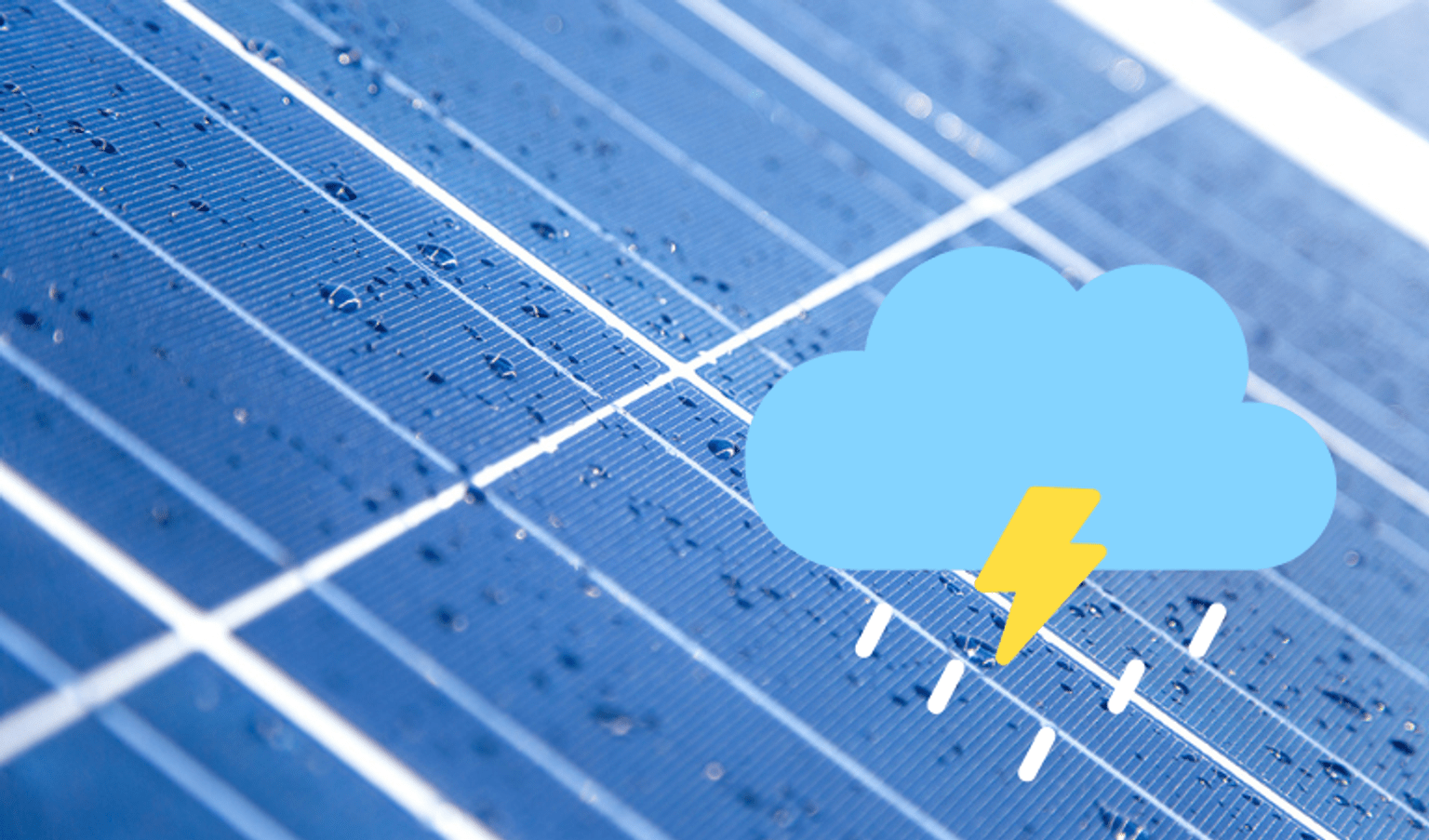We provide a rebate of up to $1,400 for the installation of solar panel (PV) systems. To Victorians with existing homes or homes under construction. There are also solar rebates for rental properties. You can reduce your upfront cost further by applying for an interest-free loan to match the rebate amount.
More rebates are released each month.
New electrification and efficiency standards
The Victorian Government is taking action to ensure Victorian buildings are safer, more comfortable and healthier to be in, while driving down energy bills and cutting emissions.
From 1 January 2027, all new homes must be built all-electric. Existing homes from 1 March 2027 must also upgrade gas hot water systems with an efficient electric alternative, like a heat pump, as they reach end-of-life.
To understand how the changes apply to you, go to New electrification and efficiency standards and regulations.
Check if you are eligible
As a Victorian householder, you could receive a solar panel (PV) rebate if:
- you are the owner-occupier of an existing property or the owner of a home under construction where the system is to be installed
- combined household taxable income of all owners is less than $210,000 per year
- value of the property is under $3 million (for an existing home or when construction is complete)
- property address has not previously received a solar panel (PV) or solar battery rebate under this program
- the property address has not had a solar panel (PV) system installed in the last 10 years
- you received a Solar Homes rebate and/or loan but have moved house. You can apply for another incentive at your new address as an owner-occupier if the property has not received these rebates before.
You must use an authorised solar retailer and use only eligible products.
Special exemptions if you are a Solstice Energy customer
We have made it easier for households impacted by Solstice Energy’s closure of its compressed natural gas network to apply. If you are impacted, you do not need to meet our household income eligibility cap of $210,000.
Please call us on 1300 376 393, 9:00am to 5:00pm Monday to Friday (except public holidays) if you are a Solstice Energy customer and would like help understanding our exemptions and rebates. Read more at Supporting Solstice Energy customers to go electric.
Process for solar panel (PV) installations
If you think you are eligible, follow the step-by-step process:
- Do some research – read our solar panel (PV) buyers guide
- Talk with an authorised solar retailer
- Select a system using products on our list to meet your energy needs
- Ask for a written quote (your retailer will upload it into the Solar Victoria portal)
- Wait for our email confirming the quote has been uploaded
- Get pre-approval to connect and export to the grid
- Prove you are eligible – upload your paperwork into the portal
- Wait for us to confirm your eligibility and send your QR code
- Install the solar system (within 120 days, or 270 days for homes being built)
- Pay the difference to the retailer – the total cost minus the rebate
- Start repaying the interest-free loan, if you opted for one.
If you install your system before your eligibility is approved, you will not receive a rebate.
Building a house – applying while under construction
You can apply for a solar panel rebate while your house is being built.
Talk to your builder early – preferably during the planning phase to:
- discuss your preference for solar
- get their consent to install solar during the build
- work out when and how the installer will access the site
- submit the rebate application at the right stage of construction.
Homes that are under construction are not eligible for the Solar Homes Program hot water rebate. You may be eligible when construction is complete.
Interest-free loans
You will be offered an interest-free loan of up to $1,400 in your application. No collateral is required. If you opt in for the loan, the amount will be processed along with the rebate payment and paid directly to the solar retailer.
Loan repayments:
- are paid monthly over 4 years (monthly repayment for a loan of $1,400 is $29.16)
- will be debited from your account (you can provide your financial institution details in your application)
- begin 30 days after the installation is approved.
Understand rebate requirements
Save on energy costs
Households who maximise the use of the energy generated by their solar panel system can save over $1,000 each year by avoiding paying the retail cost of electricity.
Eligible Victorians can save even more by replacing a gas hot water system with a quality heat pump hot water system, saving around $330 a year on energy costs.
FAQs
Updated





